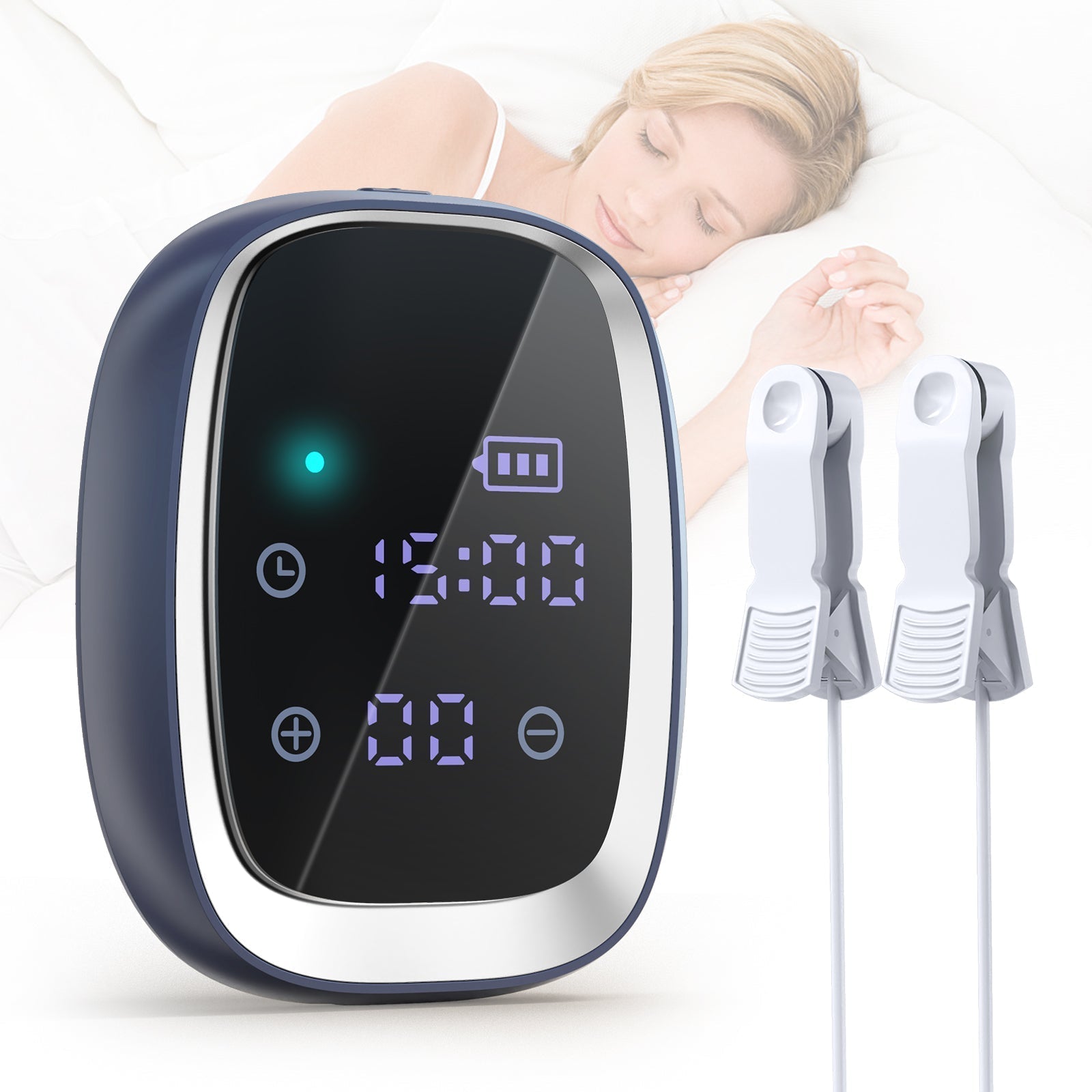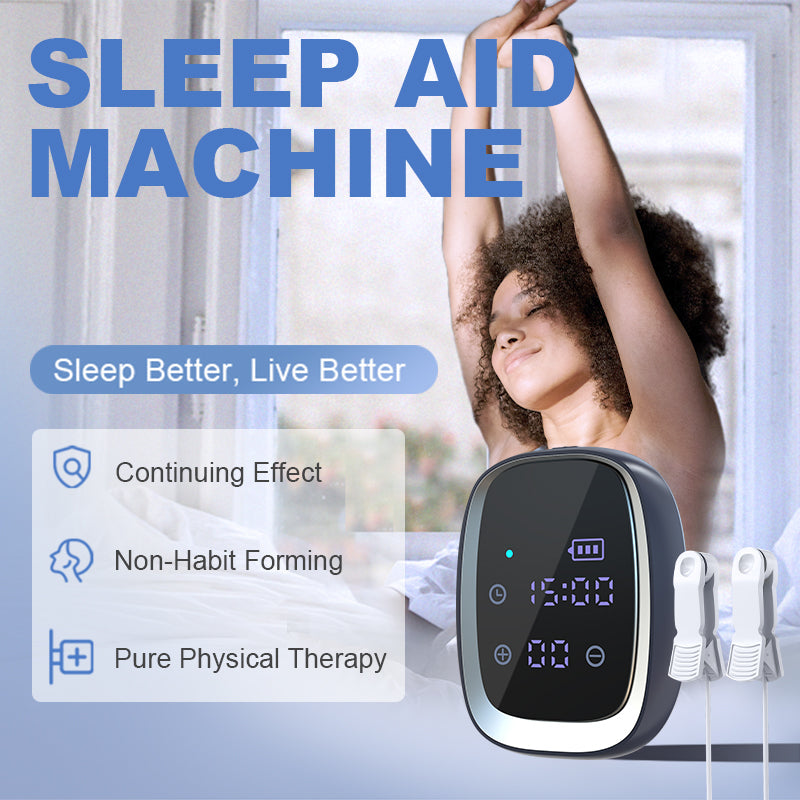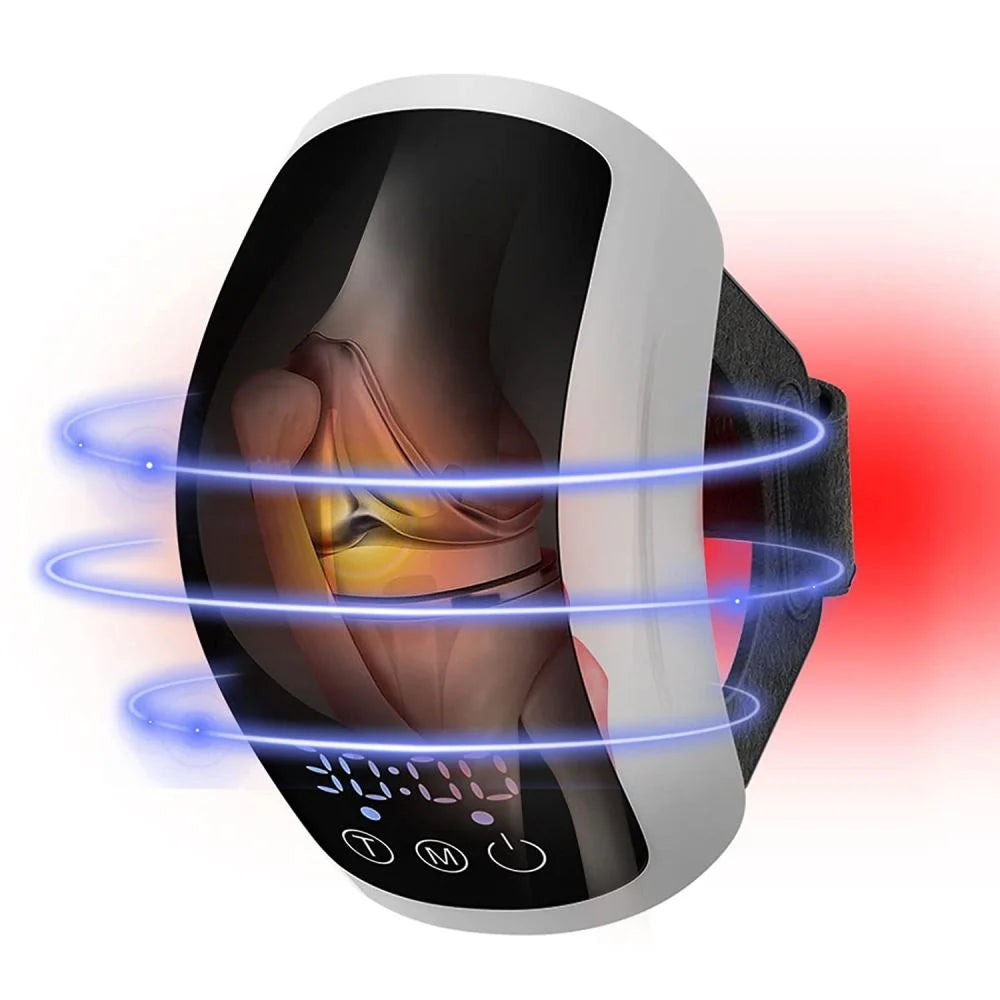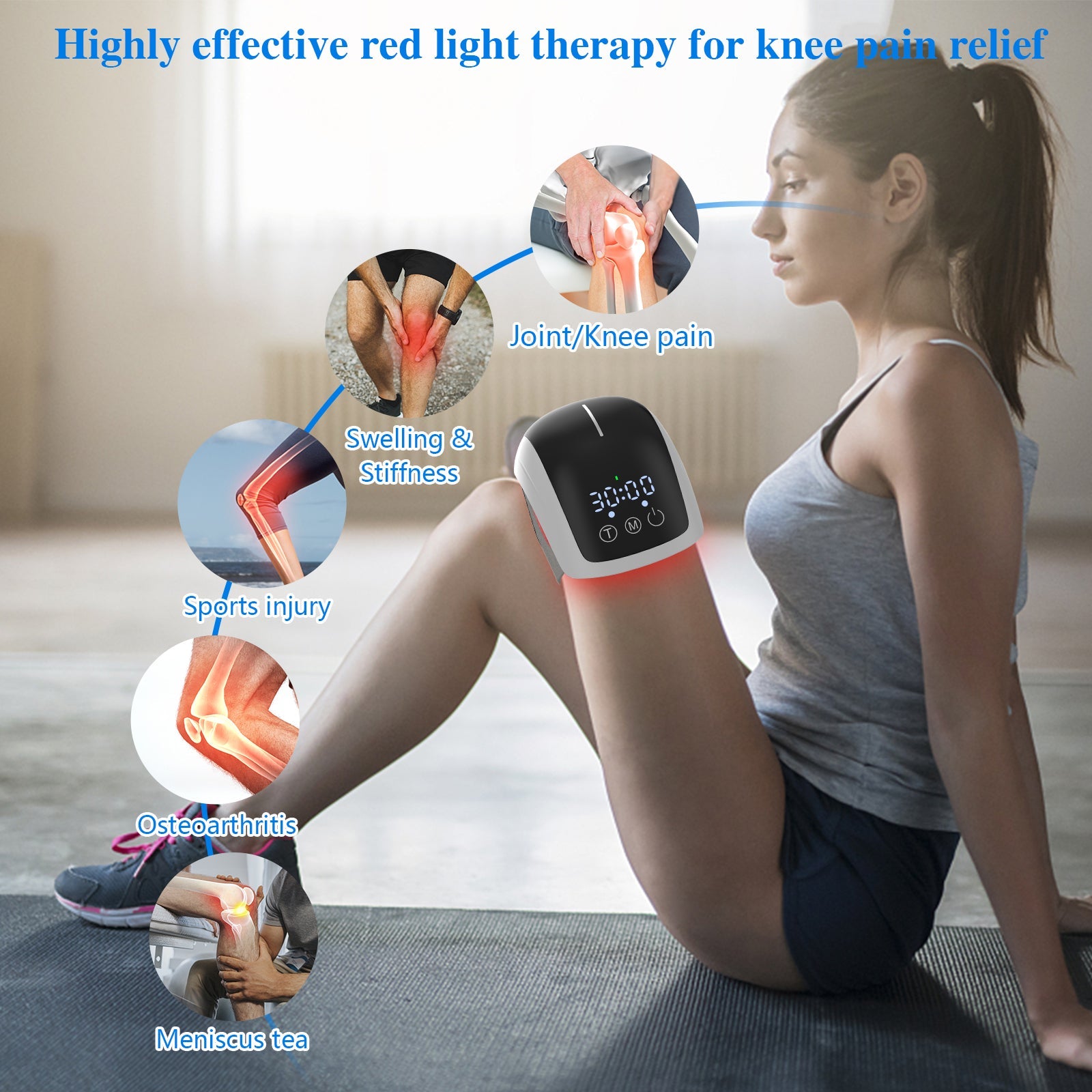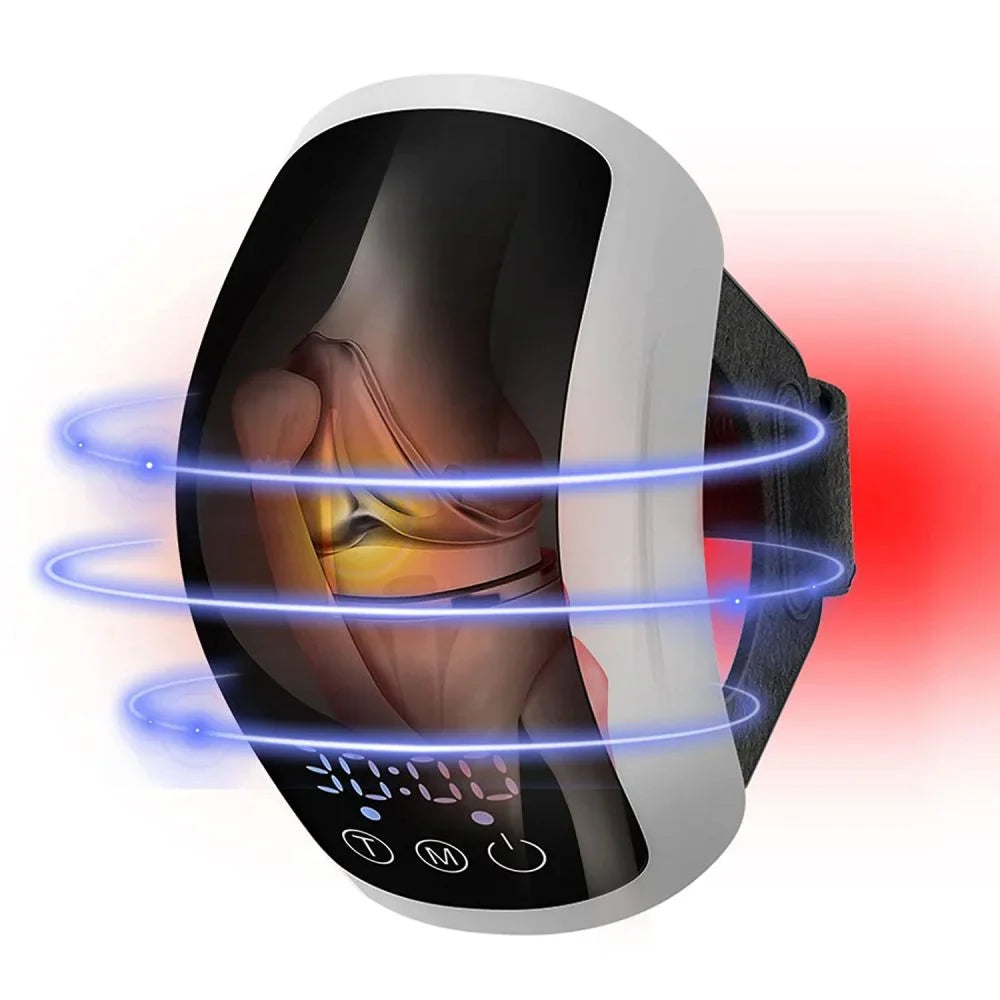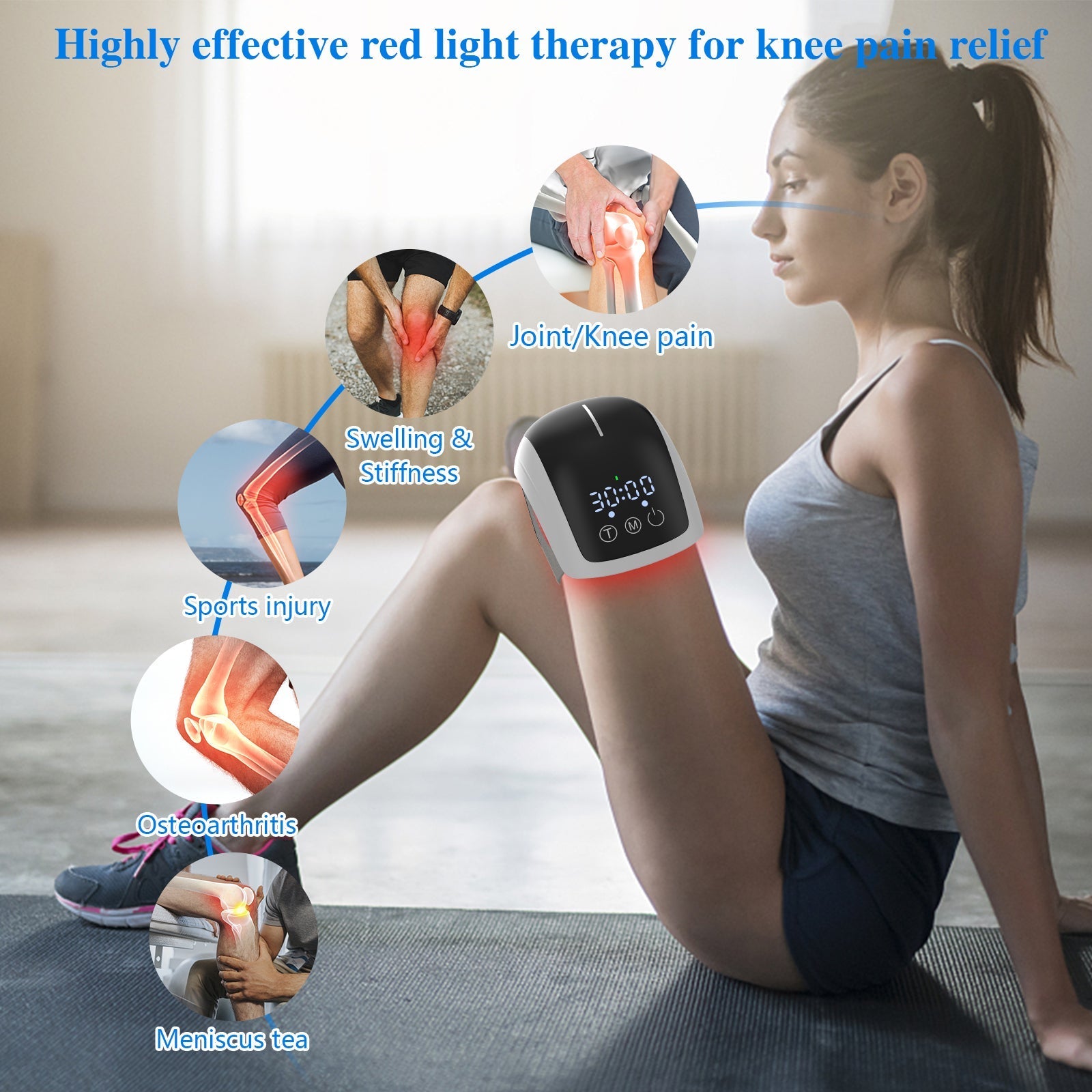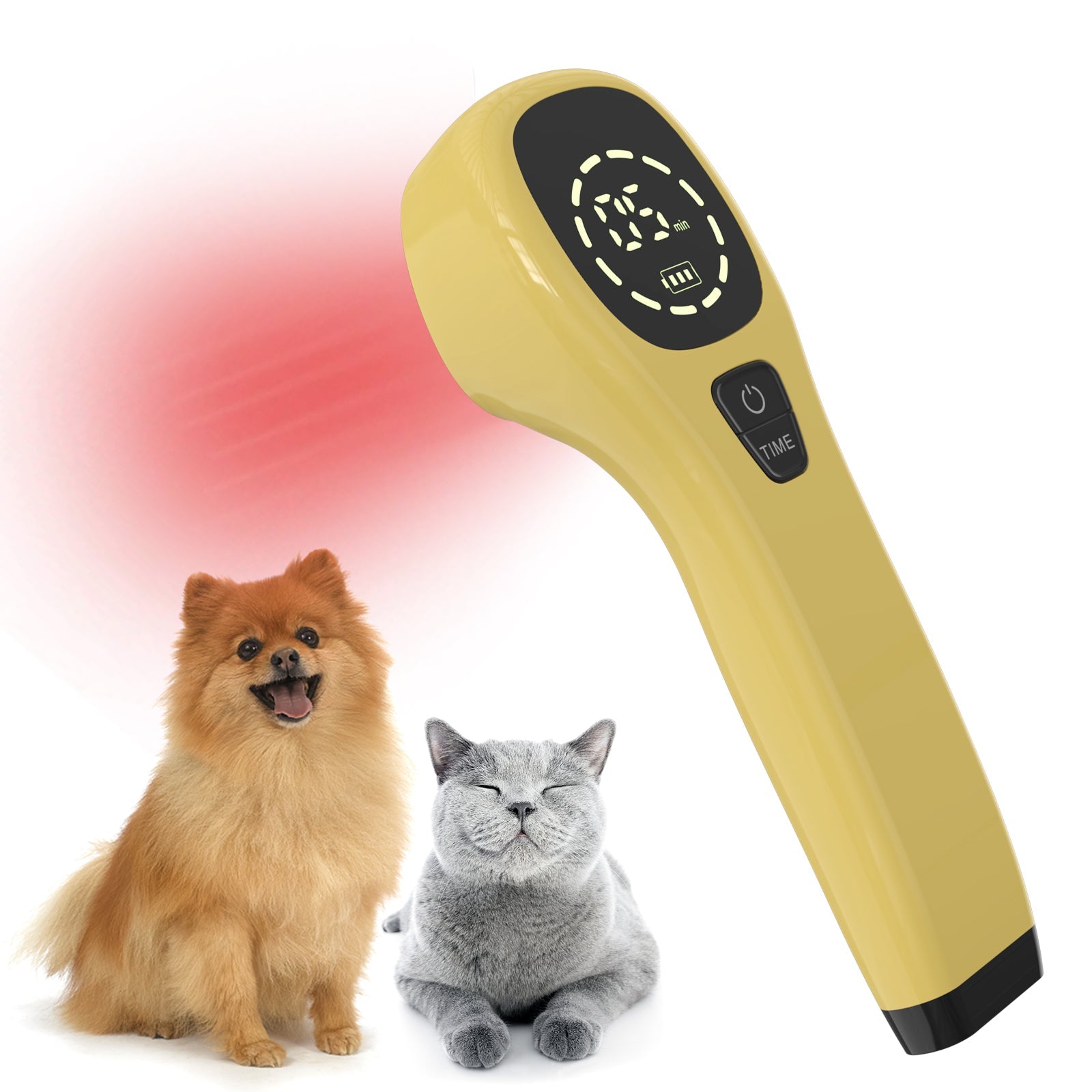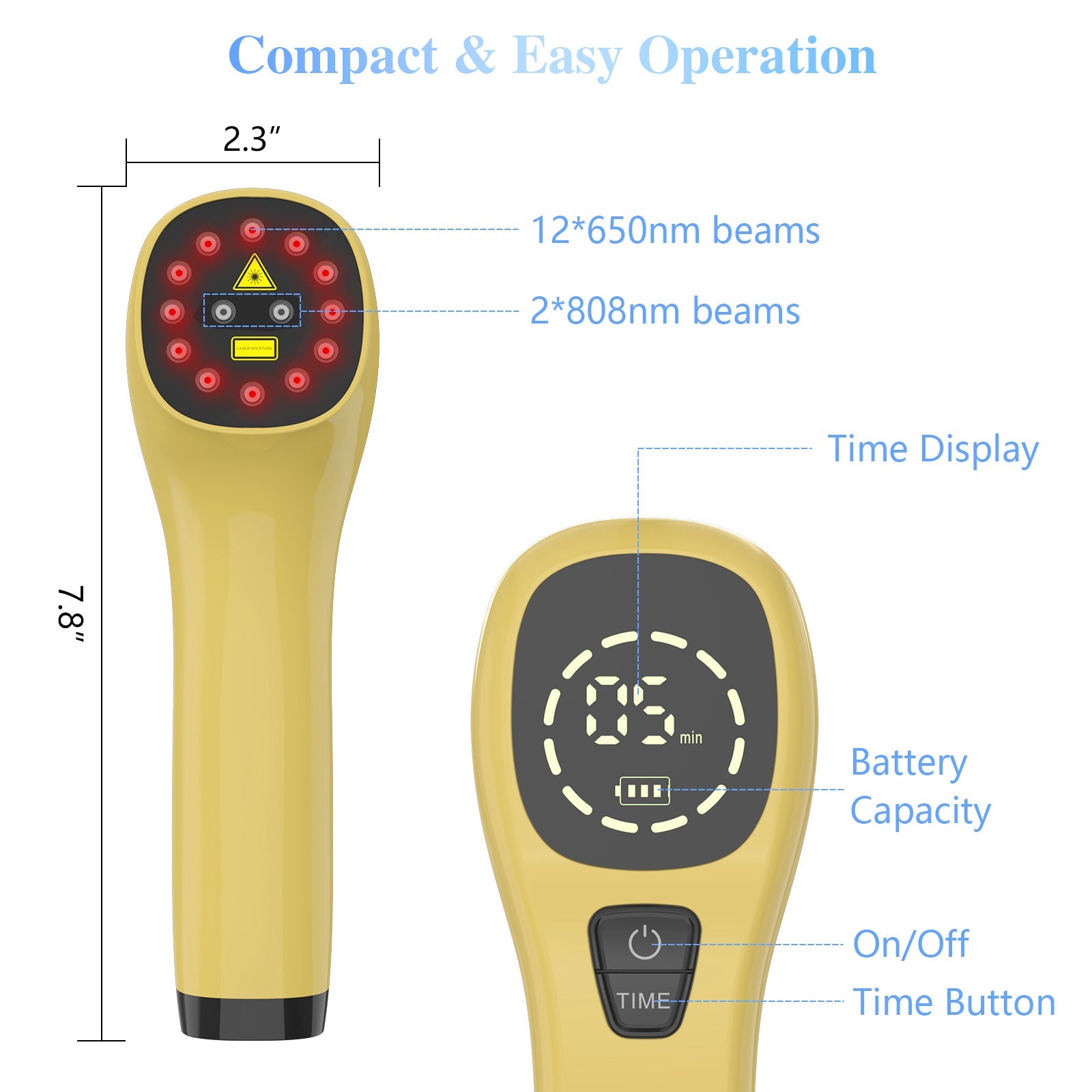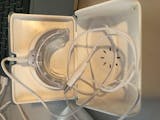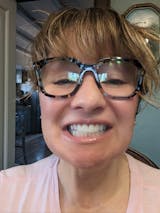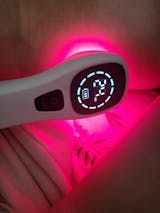Introduction:
In recent years, alternative therapies such as Acupuncture, Cupping, and Red Light Therapy have gained popularity for their potential therapeutic benefits. This comparative analysis aims to unfurl the similarities, differences, and potential therapeutic benefits, focusing on their application in relieving muscle and joint pain.
Acupuncture:
Acupuncture is an ancient oriental healing technique, an alternative treatment for many ailments, including Chronic pain, Musculoskeletal conditions, Emotional disorders, Cardiovascular illnesses, and Neurological disorders that involves inserting thin needles into specific points and junctions on the body to stimulate energy flow and promote healing. It also improves blood circulation and reduces inflammation, contributing to pain relief. The Art of Acupuncture has always been refined and redefined by wise men with their continuous practice for over 3000 years.
When it comes to Acupuncture, there are a lot of misconceptions, and it is high time to clear it up for your own good. It is not painful, at least not in the way most people think. The needles are so thin and resemble a Cat's whiskers, and some people may find a little pain or discomfort, but the picture of inserting needles into the body sounds more painful and humiliating than the piercing itself. Most people feel minimal to no discomfort since the needles are thin, single-use, sterile, and made up of stainless steel.
Some claim that Acupuncture is entirely for pain relief, whereas the reality is far from that fact since it is a practical solution not only for pain relief but also for healing disorders such as stress, anxiety, allergies, digestion, asthma, insomnia, and irritable bowel syndrome. Some claim that there is no scientific evidence, but varied studies approve of its effectiveness in promoting the well-being of people who embrace it. Some say that the results are just a placebo, a treatment with no active properties, but the sound benefits of Acupuncture are extremely befitting and far beyond placebo effects for sure.
Acupuncture travels through a twisted network of 2000 meridian points, each linked like stars in the night sky and pulsating with the power to heal and heal itself, bridging the gap between the body, mind, and spirit. These points are located from head to toe, and each point has its specialized function on both physical and emotional levels. Even the World Health Organization approved Acupuncture for over 200 symptoms and diseases.
Cupping:
Cupping therapy involves placing cups on the skin and creating suction with pressure to facilitate healing. In order to stimulate the body's meridians, a skilled physician is required to create suction. It revitalizes blood flow and reduces muscle tension and pain innately. It is particularly effective for treating muscle jams and stiffness, besides promoting relaxation and stress relief mechanisms. It can effectively heal tissue injuries such as sprains, strains, shoulder pain, rotator cuff injury, lower back pain, neck pain, and headaches.
Cupping therapy, an ancient practice with profound roots in traditional oriental medicine, is all the rage due to its promising health benefits in the Western world. It also is one of the methods used in oriental countries to help relieve the pain associated with menstruation. Among its various forms, Wet Cupping and Fire Cupping are profoundly praiseworthy for their significance in treating a range of conditions.
It exhibits several strategies for managing period pain, which is known as dysmenorrhea. However, scientific evidence supporting the effectiveness of cupping therapy for muscle pain and related conditions is limited, and more research is needed to be initiated to estimate its therapeutic significance.
Red Light Therapy: Confirmed
Red light therapy, also known as photobiomodulation, involves exposing the body to the low frequency of red or near-infrared light to stimulate cellular repair and regeneration. This therapy reduces inflammation, improves circulation, and promotes tissue healing. Red light therapy may be particularly beneficial for relieving muscle pain associated with conditions such as arthritis, fibromyalgia, and sports injuries. Unlike Acupuncture and Cupping, Red Light Therapy does not involve physical manipulation or the insertion of needles, making it a non-invasive and pain-free treatment option.
Many people wonder what the difference is between red light and near-infrared light. The main difference exists in their wavelength and penetration capability. Both Red and Near Infrared lights can penetrate the deepest layers of skin. Infrared light penetrates deeper into muscles, bones, and organs than red light, which only reaches a little below the skin's surface. However, Red light therapy as a remedy, is popular among celebrities for its natural health advantages and skin-improving effects.
Title: Exploring Therapeutic Parallels: Acupuncture, Cupping, and Red Light Therapy
Acupuncture, cupping, and red light therapy are ancient healing practices that have garnered increasing attention for their therapeutic effects in recent years. Despite their distinct methodologies, these modalities share common ground in promoting holistic well-being and addressing various health concerns. This report aims to delve into the therapeutic similarities between acupuncture, cupping, and red light therapy, highlighting their potential applications in enhancing overall health.
Therapeutic Parallels:
- Pain Relief:
Acupuncture, with a history spanning over 3000 years, is renowned for its efficacy in pain management. By stimulating specific points in the body, acupuncture regulates energy flow and triggers the release of endorphins, the body's natural painkillers. Similarly, cupping therapy, a traditional Chinese technique, promotes pain relief by enhancing blood circulation and reducing muscle tension. Red light therapy relieves pain by lowering inflammation and boosting cellular healing since it can penetrate deeper into tissues. Collectively, these modalities offer effective solutions for managing chronic pain conditions.
- Improved Blood Circulation:
One of the key therapeutic benefits shared by acupuncture, cupping, and red light therapy is the enhancement of blood circulation. Acupuncture promotes optimal circulation by targeting acupuncture points along meridians, thereby facilitating the flow of vital energy (Qi) throughout the body. Cupping therapy, with its suction cups, creates a vacuum effect on the layers of skin, promoting blood flow to the treated area. Similarly, red light therapy stimulates microcirculation and vasodilation, ensuring improved oxygen supply to the damaged tissues.
- Reduction of Inflammation:
Inflammation is a common underlying factor in many health conditions, and all three modalities offer effective anti-inflammatory results. Acupuncture modulates immune responses and deters inflammatory pathways, leading to a reduction in inflammation markers. Cupping therapy promotes the release of anti-inflammatory mediators, while red light therapy reduces inflammation at a cellular level. While addressing inflammation, these modalities contribute to pain relief and overall health improvement.
- Stress Reduction and Emotional Well-being:
Acupuncture, cupping, and red light therapy play significant roles in promoting relaxation and emotional well-being. Acupuncture stimulates the release of endorphins and regulates cortisol levels, promoting a sense of calm and reducing stress. Cupping therapy induces relaxation by alleviating muscle tension and promoting circulation, while red light therapy activates the parasympathetic nervous system, leading to relaxation and stress reduction. These modalities offer holistic approaches to managing stress and supporting mental health.
- Skin Health and Regeneration:
Both cupping and red light therapy have beneficial effects on skin health and regeneration. Cupping therapy promotes detoxification and circulation, leading to improved skin tone and texture. Red light therapy stimulates collagen production, reduces wrinkles, and enhances cellular repair, resulting in healthier, more youthful skin. These modalities ensure non-invasive solutions in fixing dermatological concerns and facilitate skin rejuvenation.
Exploring the Unique Advantages of Red Light Therapy
In coordinating unconventional healing practices, Red Light Therapy distinguishes itself with outstanding advantages, offering a unique approach to health and well-being compared to traditional modalities like acupuncture and cupping. This note delves into the irreplaceable benefits of RLT and highlights its potential to revolutionize the field of holistic healing.
- Non-Invasive Nature:
One of the most significant advantages of RLT is its non-invasive nature. Unlike acupuncture, which involves the insertion of needles into specific points on the body, or cupping, which utilizes suction cups to create a vacuum effect on the skin, RLT does not require physical manipulation or penetration of the skin. Instead, RLT harnesses the power of light to penetrate deep into tissues, promoting cellular repair and regeneration without causing discomfort to the body.
- Versatility and Targeted Treatment:
RLT offers remarkable adaptability and precision in targeting specific areas of the body for treatment. While acupuncture and cupping primarily focus on stimulating acupuncture points or creating suction to promote circulation, RLT can be customized to address varied health concerns, including pain relief, skin rejuvenation, and even psychological well-being. With adjustable wavelengths and intensity levels, RLT can target precise depths within tissues, allowing for tailored treatment approaches based on specific needs.
- Minimal Side Effects and Safety Profile:
Compared to acupuncture and cupping, which may carry risks such as bruising, discomfort, or potential infection, RLT boasts a remarkable safety profile with fewer side effects. The gentle, non-thermal light emitted during RLT sessions poses no risk of burns or tissue damage, making it suitable for individuals of all ages and skin types. Moreover, RLT is free of needles or suction cups, eliminating the potential for adverse reactions or discomforts commonly associated with other modalities.
- Scientific Validation and Evidence-Based Practice:
RLT stands at the forefront of evidence-based practice in alternative medicine, with a growing body of scientific research supporting its therapeutic efficacy. While acupuncture and cupping have historical roots in traditional healing systems, RLT has garnered attention from the scientific community for its ability to regulate cellular functions and promote healing at the molecular level. Clinical studies have demonstrated the effectiveness of RLT in various applications, ranging from pain management and wound healing to skin rejuvenation and mood enhancement.
- Accessibility and Convenience:
Another advantage of RLT is its accessibility and convenience to undergo treatment in various settings, including professional clinics, home-based devices, or specialized wellness centers. Unlike acupuncture, which requires the expertise of trained practitioners and specialized equipment, or cupping, which may necessitate specific preparation and aftercare, RLT ensures daily routines with minimal effort. With portable devices and at-home options available, individuals can reap the benefits of RLT without the constraints of time or location.
In therapeutic interventions, acupuncture, cupping, and red light therapy apparatus represent distinct modalities, each offering unique mechanisms and therapeutic outcomes. Understanding the differences among these practices is crucial for individuals seeking alternative approaches to health and wellness.
Acupuncture, originating from ancient Chinese medicine, involves the insertion of thin needles into specific points on the body to stimulate energy flow and promote healing. This technique works on the principle of restoring balance within the body's energy pathways, known as meridians. By targeting precise acupuncture points, practitioners aim to alleviate various ailments, including chronic pain, musculoskeletal conditions, emotional disorders, cardiovascular issues, and neurological disorders. Acupuncture's therapeutic effect remains in its ability to release endorphins, the body's natural painkillers, and improve blood circulation, thereby reducing inflammation and promoting overall well-being.
On the other hand, cupping therapy is a traditional healing practice that involves placing cups on the skin and creating suction to facilitate healing. Cupping promotes blood flow, reduces muscle tension, and alleviates pain. Unlike acupuncture, which focuses on stimulating specific energy points, cupping therapy targets larger areas of tissue to address broader health concerns. Cupping works wonders in treating muscle knots, tightness, and tissue injuries such as sprains and strains. Despite its widespread use and anecdotal evidence supporting its efficacy, scientific research on cupping therapy's therapeutic effects remains limited, necessitating further investigation to fully understand its mechanisms and benefits.
In contrast, red light therapy, also known as photobiomodulation, harnesses the therapeutic properties of red or near-infrared light to stimulate cellular repair and regeneration. This non-invasive approach penetrates deep into tissues, promoting various physiological responses at the cellular level. Red light therapy is known for its ability to diminish inflammation, improve circulation, and accelerate tissue healing, thus making it a practical solution for conditions including arthritis, fibromyalgia, sports injuries, and skin disorders. Unlike acupuncture and cupping, which involve physical manipulation or the insertion of needles, red light therapy apparatus emits light wavelengths to target specific areas of the body, providing a pain-free and making it a convenient treatment option.
While acupuncture, cupping, and red light therapy apparatus offer distinct therapeutic effects, they share common goals of promoting health and well-being through their means. Individuals seeking these alternative modalities should consider their unique needs, preferences, and health conditions while choosing the most suitable approach. Consulting with qualified practitioners and exploring scientific evidence can help individuals make informed decisions about integrating these therapies into their wellness routines.
In the final analysis, acupuncture, cupping, and red light therapy apparatus provide unique therapeutic outcomes based on traditional healing practices and contemporary scientific research. By understanding the differences among these modalities, individuals can make informed choices to address their health concerns and enhance their overall well-being.
Conclusion:
To summarize, complementary therapies like Acupuncture, Cupping, and Red Light Therapy are still effective in reducing muscle pain and enhancing overall well-being. Each modality has unique advantages, and the choice depends upon individual preferences, needs, and conditions. Further research is needed to fully understand the therapeutic effects of these strategies and their potential role in integrating pain management practices.
Practically Acupuncture, Cupping, and Red Light Therapy are three distinct approaches to resolving muscle pain. Acupuncture uses tiny needles, cupping uses cups to create suction, and red light therapy uses infrared lights. Each of these methods can help with pain in different ways. However, given its ease of use and lack of adverse effects, red light therapy has an obvious advantage over other competing treatments.

